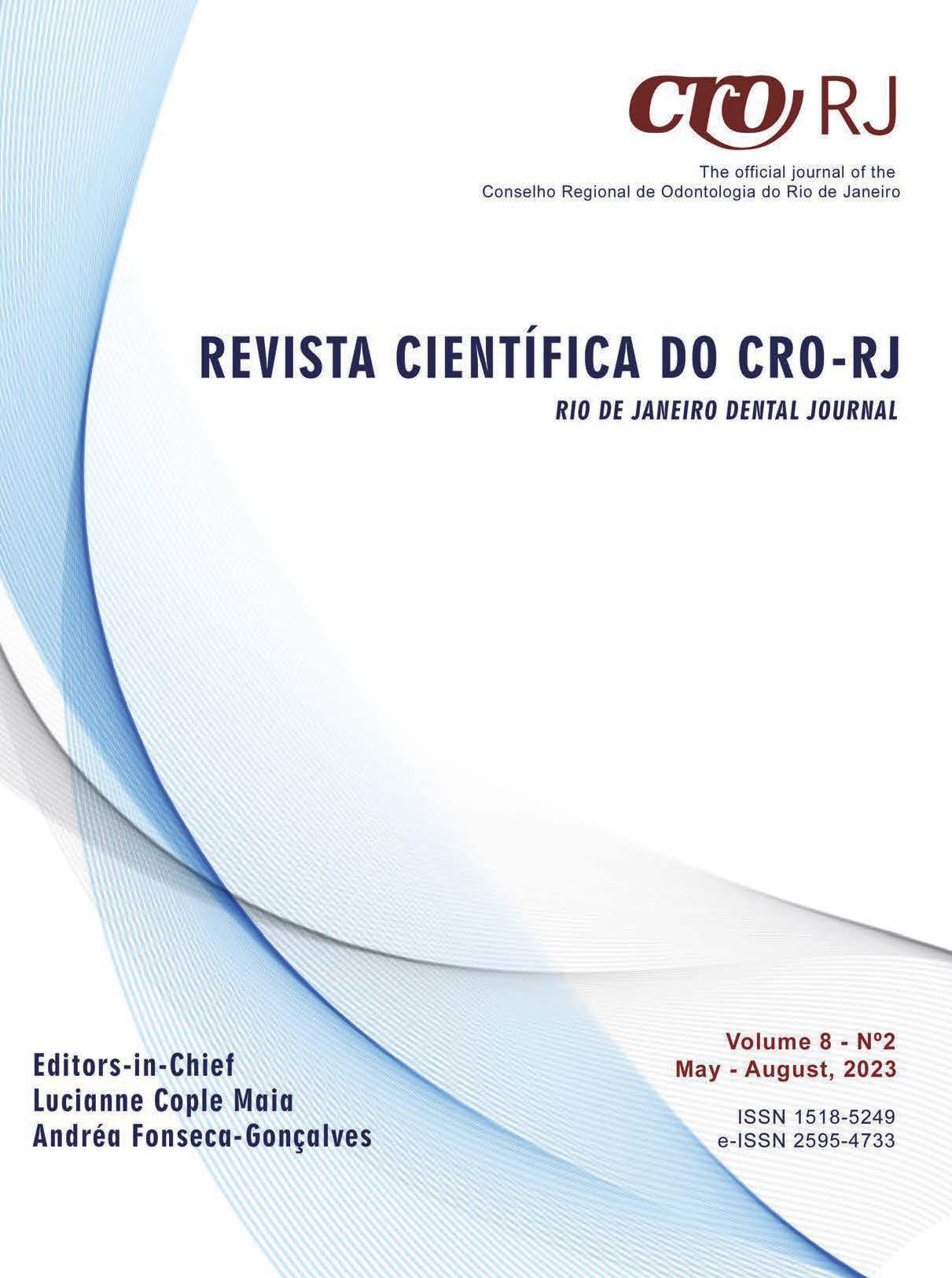DIAGNÓSTICO E MANEJO DE CARCINOMA DE CÉLULAS ESCAMOSAS SINONASAL NÃO QUERATINIZANTE: RELATO DE CASO
DOI:
https://doi.org/10.29327/244963.8.2-8Keywords:
head and neck squamous cell carcinoma, head and neck neoplasms, oral medicineAbstract
Introduction: squamous cell carcinoma (SCC) is a malignant neoplasm that can affect the sinonasal structures and extend to the oral cavity. Objective: to report the process of diagnosis and management of a sinonasal SCC, which had oral involvement. Case report: a 61-year-old man sought dental care with a painful swelling in the hard palate, anterior superior alveolar ridge and left nasal dorsum for a period of approximately 2 months. His initial complaint was nasal congestion. Computed tomography showed a wide and extensive lesion with destruction of the buccal and palatal cortex, in addition to sinonasal involvement. With the diagnostic hypothesis of sinonasal neoplasia, an incisional biopsy was performed. Results: microscopically, neoplastic epithelial cells grouped in nests and cords invading the adjacent connective tissue were observed; individually they presented nuclear and cellular pleomorphism, evident nucleolus and nuclear hyperchromasia. Areas of central necrosis were also noted. Based on the clinical, imaging and histopathological characteristics, the final diagnosis was non- keratinizing sinonasal SCC. The tumor was staged by the medical team as T3N0M0 (T3 = tumor size > 2cm with invasion of facial bones, without evidence of nodal metastasis N=0 or distant metastasis M=0), and the patient was treated with chemotherapy (Cisplatin and Gemcitabine) and 70Gy of induction radiotherapy as initial therapy and subsequent surgical resection. Conclusion: clinical, imaging and histopathological evaluation allowed an effective diagnosis of non- keratinizing sinonasal SCC.
Downloads
Published
How to Cite
Issue
Section
License
Copyright (c) 2024 Revista Científica do CRO-RJ (Rio de Janeiro Dental Journal)

This work is licensed under a Creative Commons Attribution-NonCommercial-NoDerivatives 4.0 International License.


